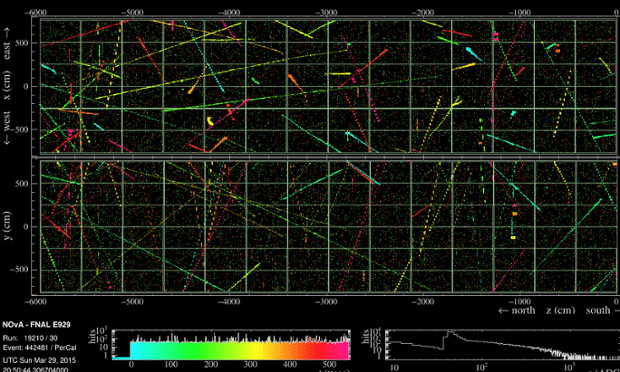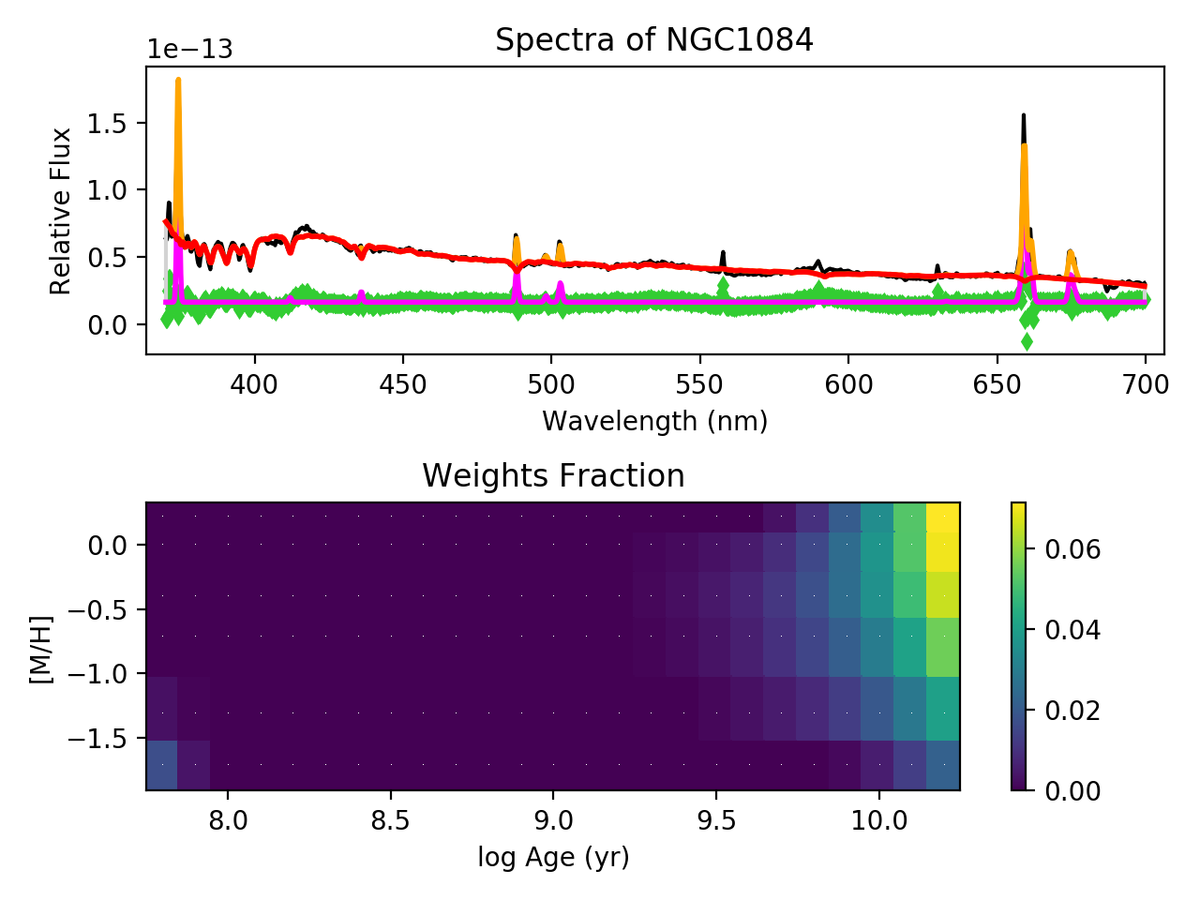2020 - 2021 Research Project Summaries
Project Title: Searching for Neutrino Events that Coincide with Gravitational Wave Triggers and Supernovae
Trainee Team Members: Becca Dura, Sai Sharan Sundar, Shaowei Wu
Concepts/Methods used: CNN, RNN, clustering, Monte Carlo methods
Faculty Advisor: Dr. Greg Pawloski, Dr. Michael Steinbach
Project Summary: The NOvA experiment is designed to answer the fundamental questions on properties of neutrinos. The goal of our project is to develop an algorithm to search for neutrinos in the time frame of gravitational wave or supernova events. We hope that the algorithm will also identify the number of individual neutrino interactions and the individual cluster of hits associated with each neutrino interaction. Our initial idea for this project is to process the full data recorded during a supernova or gravitational wave event in sections, meaning we would only process a small portion of the entire time window at a time and look for correlations between each portion.

Project Title: Insights into Massive Stellar Evolution Through Stripped-Envelope Supernovae
Trainee Team Members: Laura Salo, Rui Zhou, and Sam Johnson
Project Mentors: Pat Kelly and Galin Jones
Project: Summary: The Laser Interferometer Gravitational-Wave Observatory (LIGO) has now detected approximately fifty mergers of binary systems of black holes and neutron stars. Explaining the population of binary systems revealed by LIGO will require an improved understanding of the evolution of interacting massive stellar systems. A primary goal of the proposed research is to understand the reason for this pattern, and its implications for the creation of massive binary systems whose remnants are observed by LIGO. By modeling the emission lines of nearby galaxies that have hosted multiple SNe, the team hopes to characterize the massive stellar populations of the galaxies that have hosted multiple stripped-enveloped SNe, and multiple examples of hydrogen-rich SNe.

Project Title: Hierarchical Bayesian Analysis of Binary Neutron Star Postmerger Gravitational Wave Signals
Trainee Team Members: Alexander Criswell and Jesse Miller
Project Mentors: Vuk Mandic and Galin Jones
Project Summary/Objectives: This project aims to further our understanding of the nature of matter at the heart of neutron stars by combining an ensemble analysis of binary neutron star post-merger gravitational wave emission with inspiral gravitational wave data, electromagnetic observations, and empirical relations derived from numerical relativity simulations. To accomplish this, the team will: 1. Synthesize hierarchical Bayesian methods with existing single-event post-merger analyses. 2. Inform the analysis with a multimessenger approach, using electromagnetic and gravitational wave data alongside results of numerical relativity simulations. 3. Validate this new method by recovering simulated signals and apply it to real data.
Project Title: Analysis of Cross-Correlation Between Stochastic Gravitational Wave Backgrounds and the Cosmic Microwave Background / Gravitational Lensing Maps
Trainee Team Members: Brendan King, Angelo Rustichini, and Taarak Shah
Project Mentors: Vuk Mandic, Claudia Scarlata, and Sara Algeri
Project Summary: This project aims to correlate sky maps of different electromagnetic signals, for example from the cosmic microwave background (CMB) or gravitational lensing (GL), with the maps of energy density in the stochastic gravitational wave background (SGWB). If such correlations are observed, they would provide information about the formation and evolution of structure in the universe and potentially provide a way of distinguishing different contributions to the SGWB. The project will develop a statistical formalism to measure the angular power spectrum of the cross-correlations.